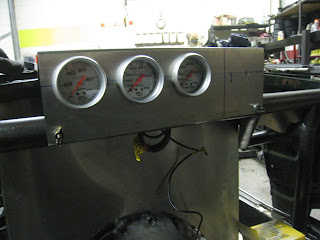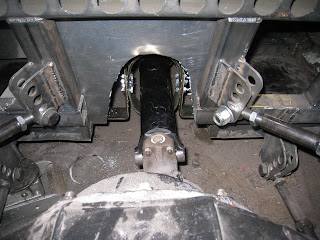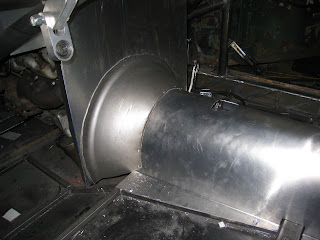I read that it's important to mount an electric fuel pump as low and close to the fuel tank as possible in order to keep it primed with fuel at all times. My fuel cell is at the minimum ground clearance the rules allow so mounting the pump below that is impractical. As with everything else on the car, I am trying to keep everything accessible for easy repair, adjustment or replacement so I mounted the pump under an aluminum panel behind the fuel cell. Now I have to run a fuel line to the front of the car and after considering braided line and aluminum line, I decided to go with 3/8 i.d. aluminum line because it's the lightest and easy to work with. I'll add more pictures once the line is installed.



















































